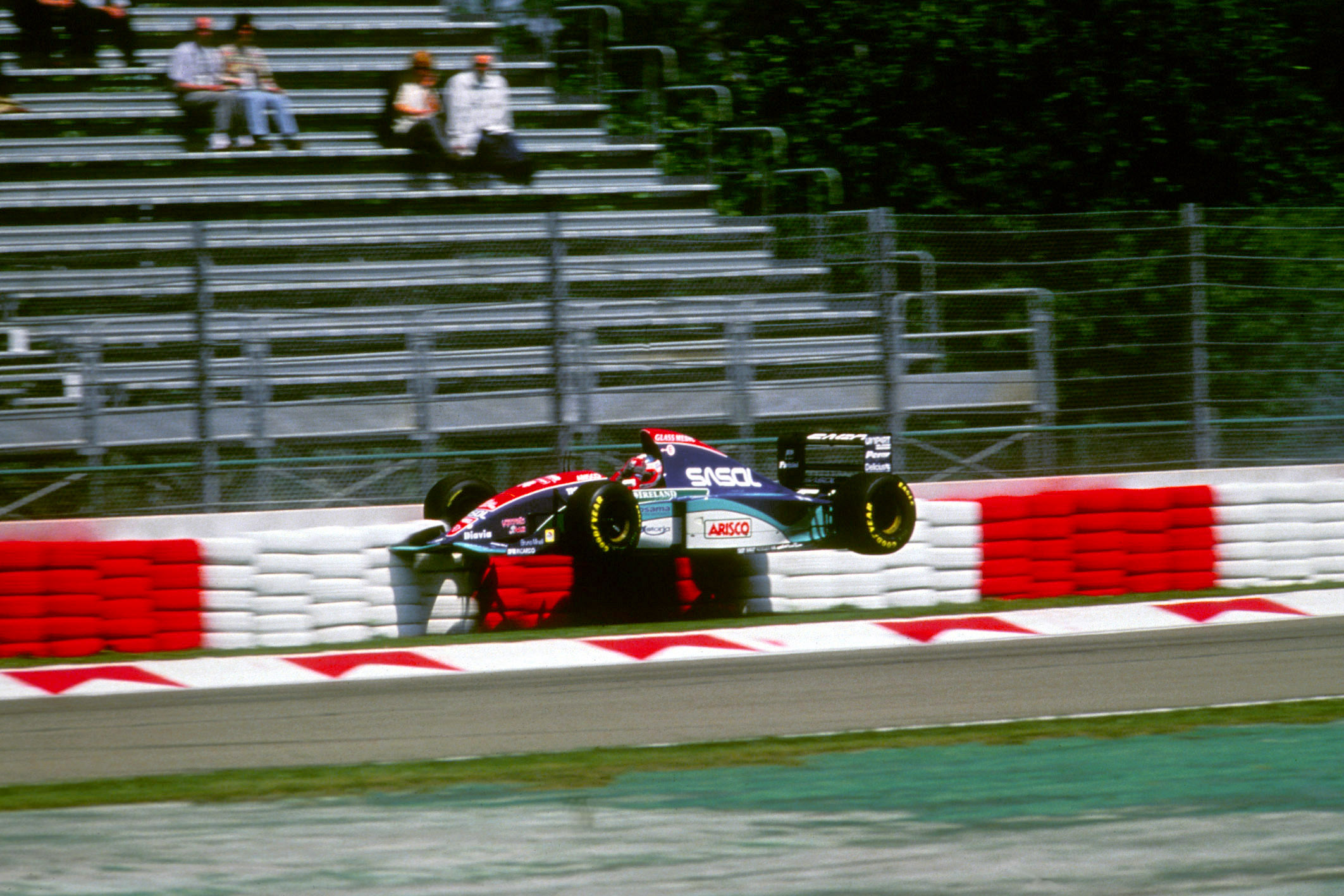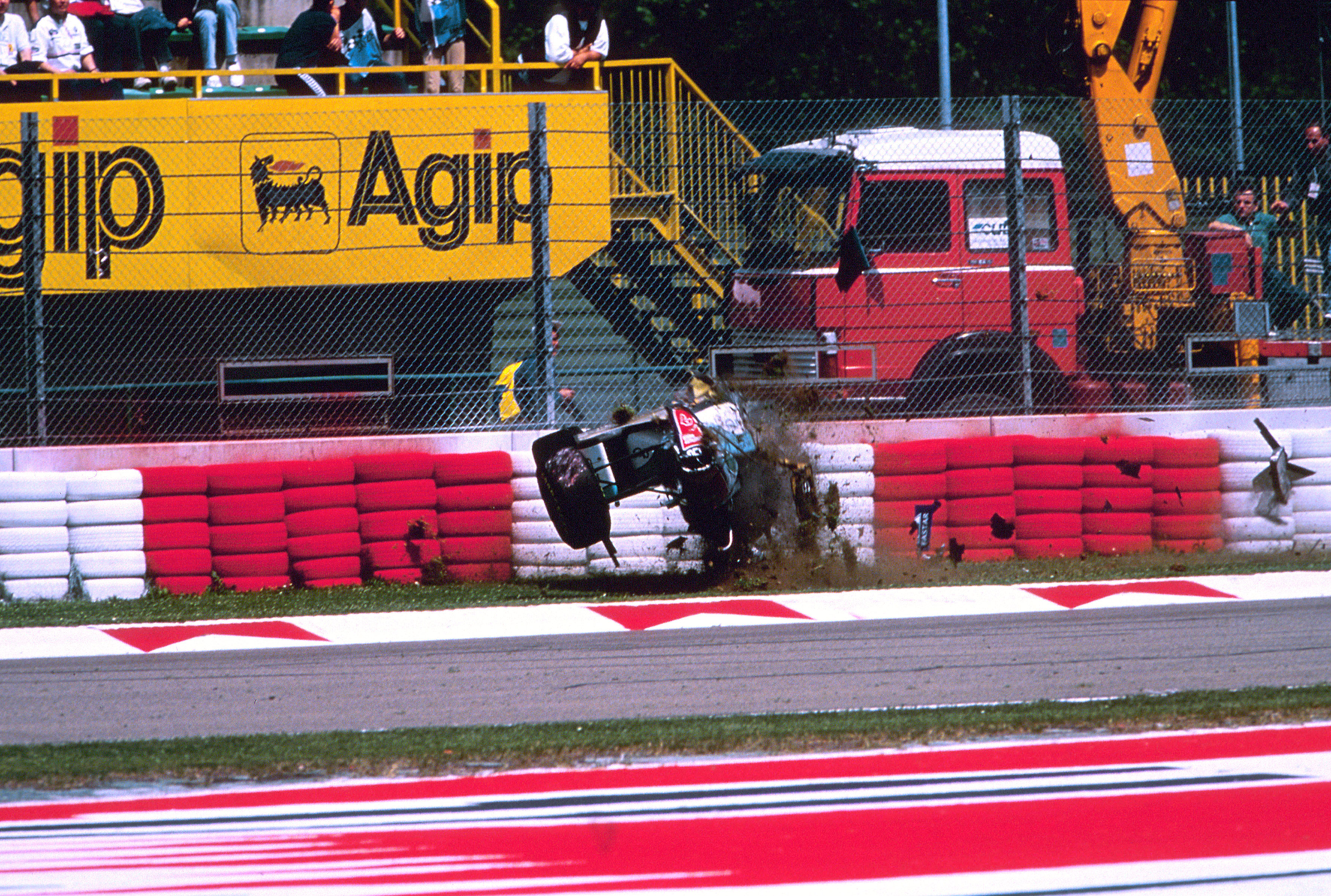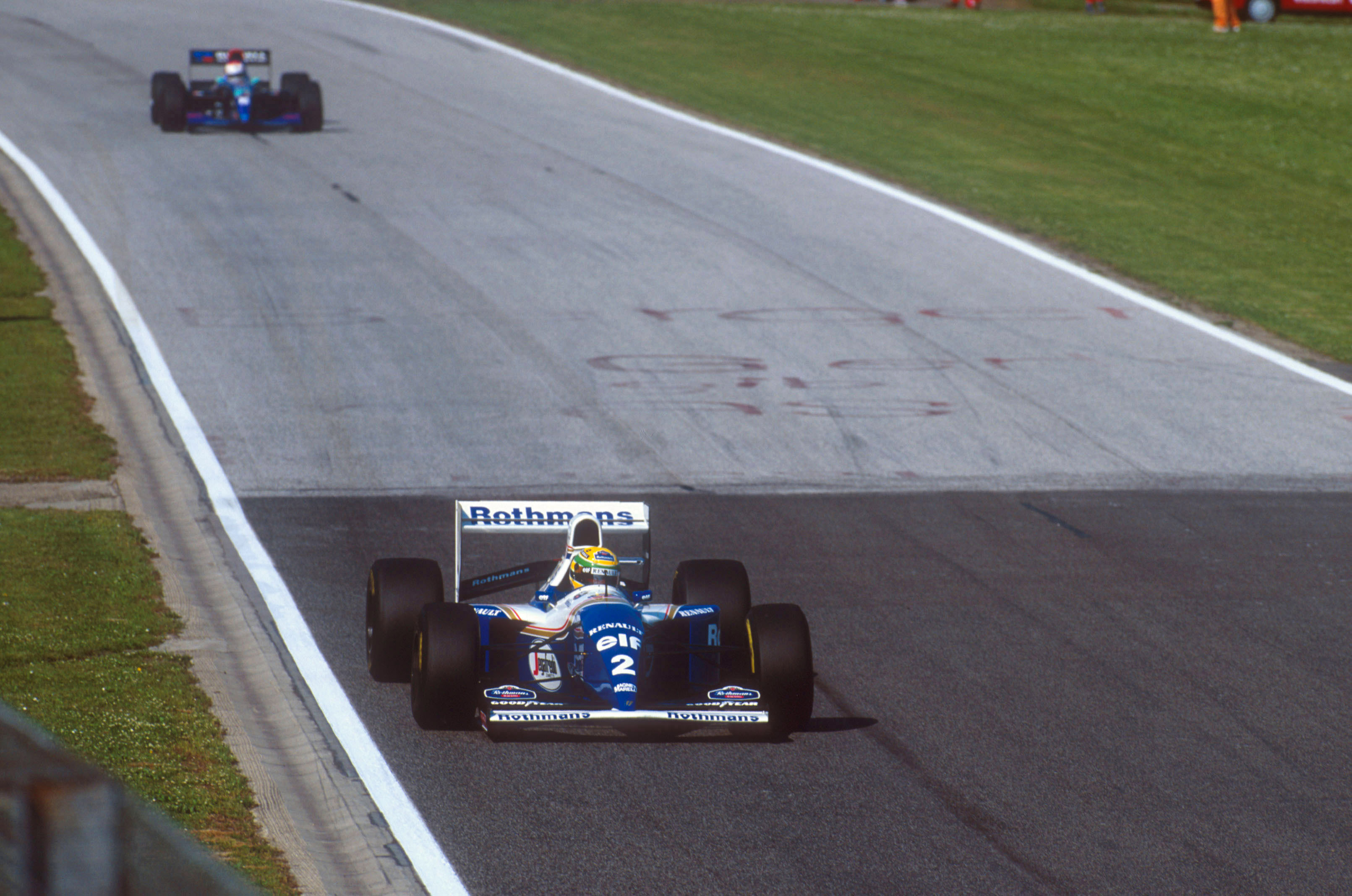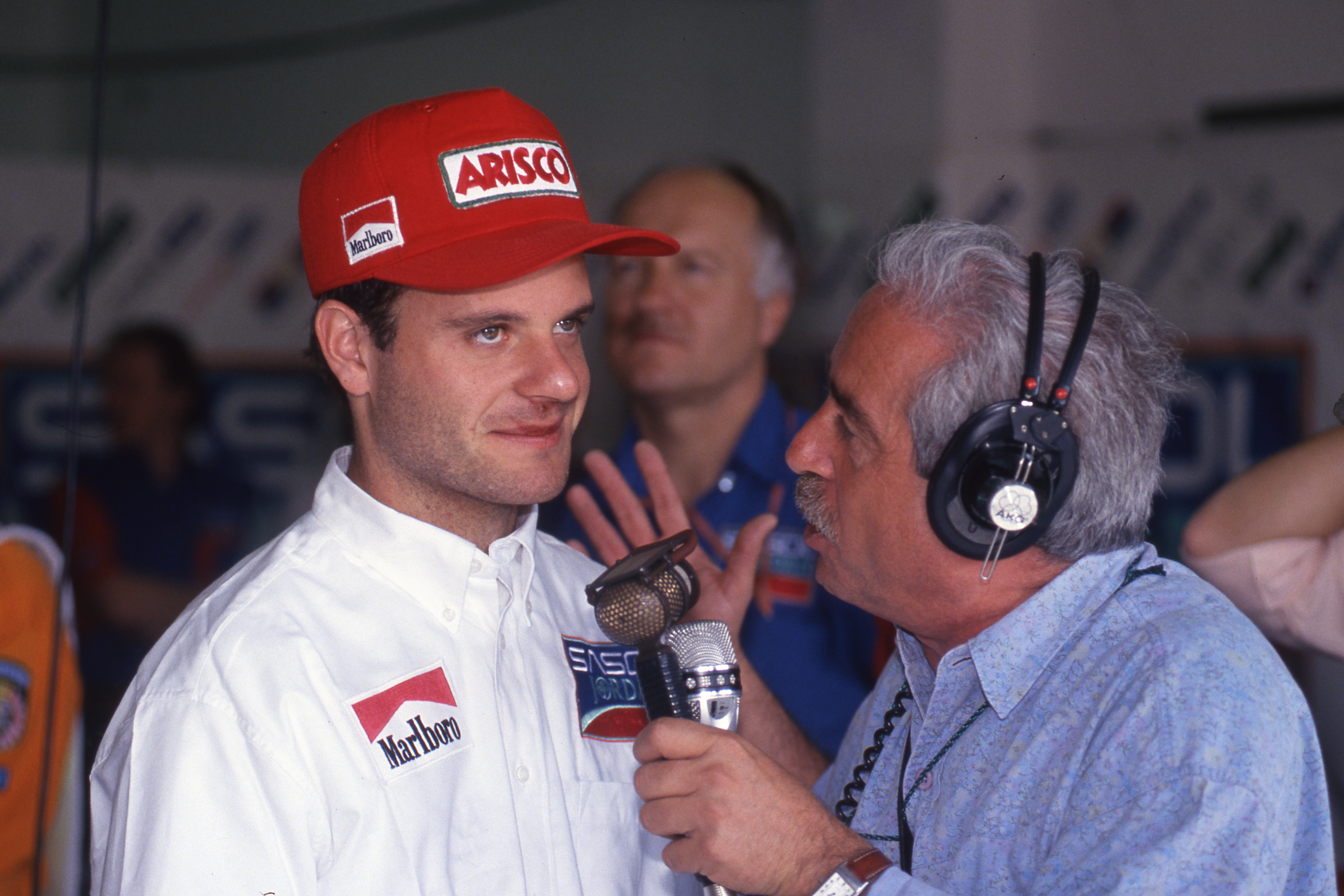Up Next

Over my time in Formula 1 I have seen a lot of accidents and deaths, but the 1994 Imola weekend is probably the most horrible that I witnessed.
At the airport on the way home, there were grown men in tears when they heard of the death of Ayrton Senna. To this day, he is recognised as someone who could do things with a racing car that others could only dream of.
At Jordan, where I was technical director in 1994, we had our own situation to contend with. The season started off strongly but then Eddie Irvine was banned for an over-aggressive incident in Brazil and he had to be replaced for three races.
For Imola we had Andrea de Cesaris back in the team for the first time since 1991 as his stand-in, and this would be his first time in the car as Aguri Suzuki had driven in the previous race at Aida. Andrea was a great guy and knew the team well but needed to learn the car. When something like this happens it always knocks you back that little bit.
In those days, we had qualifying on Friday and Saturday. I was also engineering Rubens Barrichello’s car and we did a reasonable job in the morning practice session ending up 10th.
It was the first flying lap of qualifying that afternoon that it all went haywire.
I always had my trusty stopwatch in hand and used to start it as soon as the car appeared into view. That way, I could always wind Eddie Jordan up by more or less knowing Rubens’s laptime before he crossed the line!

On this occasion, I was looking down the track waiting for him to come into view to complete his first lap in qualifying, but suddenly he arrived at the Variante Bassa chicane and the car jumped in the air across the kerb and smashed into the safety fencing at very high speed.
Incidentally, if my time had been correct, he would have ended up eighth on the overall grid.
What had happened was Rubens went a little wide at the exit of the right-hand part of the corner and actually caught a dip at the back edge of the kerb and that was what launched the car.
I spoke to Rubens and he shouted ‘get the spare car ready, I’ll be back later’
It was a small driver error, but with a huge consequence. He was doing about 138mph when he lost it. The car was on top of the tyre barrier but still upright in the impact, and the bottom of the chassis had caught the top of the retaining wall.
If that had not happened he would probably have gone through the debris protection fence into the grandstand. The bottom-right-hand-side of the chassis and engine were damaged but surprisingly the rest of the chassis was still fairly intact. Incidentally, Irvine was sitting in that grandstand!
I didn’t see the complete accident from my vantage point because as the car disappeared behind some hoarding but looking at the TV coverage it was fairly dramatic, with the car turning end over end as the nose dug into the tyres.

F1 doctor Professor Sid Watkins was there almost immediately and that was very lucky as Rubens had swallowed his tongue. They got the car turned over and got him out.
I went over to the medical centre where the medical helicopter was parked. As Rubens was being put in the helicopter I spoke to him and he shouted “get the spare car ready, I’ll be back later”.
Early in the evening, I went to the hospital to see him. He had settled down a bit by then as the adrenaline that was rushing through his body post-accident has dissipated and now he just felt battered about.
I think Ayrton had also gone to see him. Ayrton was always affected by these sort of incidents so it wouldn’t surprise me if he went to visit his fellow countryman.
I seriously considered if I wanted to continue designing cars for these young drivers to potentially hurt themselves in, but after that the weekend went from bad to worse with the death of Roland Ratzenberger on Saturday and then Senna on Sunday.

Ultimately I decided that I always did and always would put as much effort into safety as anyone and if the drivers didn’t want to drive one of my cars they would just drive for someone else.
Senna’s death was a blow to Rubens. They were pretty good friends. When Rubens came back from Brazil after the funeral we did a short test at Silverstone. Rubens got in the car and from the first lap out of the pits he drove the wheels off it.
He said to me afterwards that he had to do that just to prove to himself that he hadn’t been affected by the events over that horrible Imola weekend.
Looking back at it now, I think it took a little while for Rubens to get back to his best. The following race was in Monaco and it was a very surreal event. Everyone was meeting up for the first time since the deaths of Roland and Ayrton and, to be honest, some of these people – including the drivers – had never been around a race where someone was killed, never mind two people, so no one really knew how to react.

In Monaco, he wasn’t the old Rubens but by the next race at Barcelona he was back up to speed. I’m sure the bump on the head didn’t do him any good, but back then the knowledge about concussion in sports was fairly limited.
As an example, even two years later at the first race of the 1996 season in Australia, when Martin Brundle crashed his Jordan and flew over the top of everyone with his car in two pieces, after dusting himself down he ran back to the pits to get into the spare car for the restart.
The check-up that Sid Watkins put him through was just one question – “where did you put your wallet before the race start?”. He knew, so as far as Sid was concerned he was fine to race. After a couple of laps he realised himself that he wasn’t quite sure which way was up so he retired.
How times have changed, thankfully.



